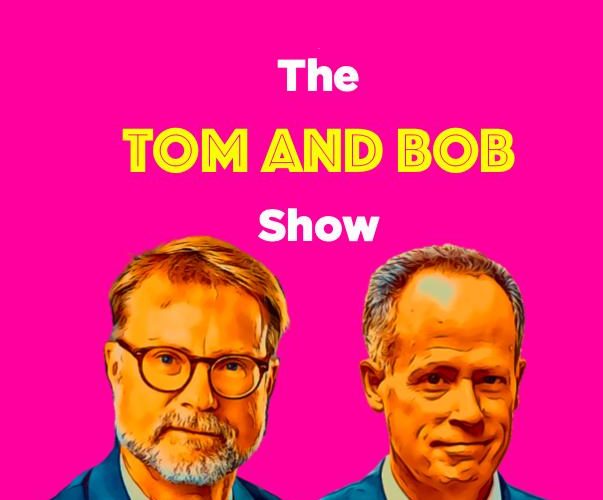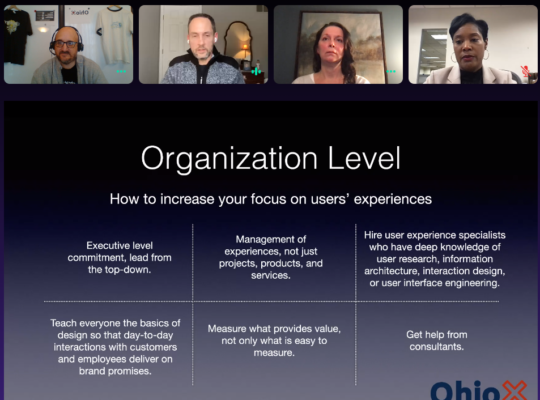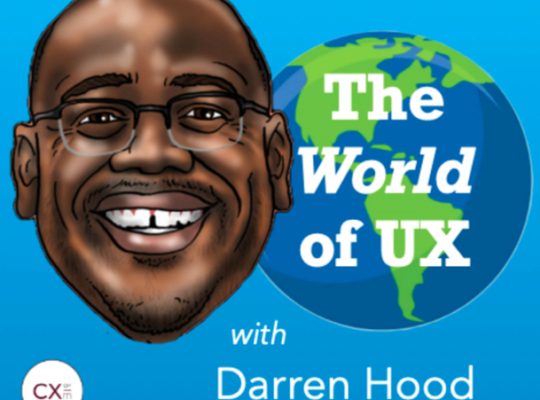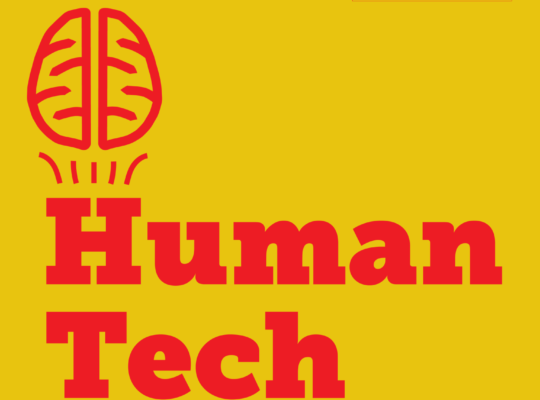“Keith Instone joins the show to discuss the nuances between different types of users organizations need to engage with and about the differences between UX and CX.
We talk about how the pandemic has changed the way we work and the implications for the upcoming new normal.“
I had a great conversation with Tom DeWitt and Bob Kiple of the aptly named “The Tom & Bob Show” a few weeks ago. Their podcast is one of several media outlets for CX of M (Customer Experience of Michigan, a new professional association). I will occasionally write blog entries for them. You should also check out The World of UX with Darren Hood.
Our conversation was part introduction to each other (the relationships between my UX consulting & CX), part discussion of my Users as Customers and Other Relationships article, and part randomly talking about whatever came up.
In the beginning segment, I gave a few examples of what I do as a UX consultant, which often means starting with a technology problem (“Why won’t people use my app?”) and mapping it into a behavior challenge or business opportunity. When Bob asked me to define CX, I could not resist answering with 3 spins: impression (what customers’ experience), team (org chart stuff), and industry (the companies who sell products to these teams).
At 13 minutes in, we get to the “nuances” from my article. We explored user as purchaser, eyeball, business partner, and family. Bob’s summary: “The range is so wide and there’s a lot to think about when you say ‘Our users are whatever'”.
At 20 minutes in, we went down a COVID rabbit hole, using our “remote family reunion” example. And the impact on working from anywhere.
At 26 minutes, we get back to the user and customer roles, personas, and journeys. Another good Bob quote to wrap up: “A lot of companies and organizations don’t think through that stuff, and I think it is a really valuable add.”
If you want to listen to it, start by picking your favorite podcast platform and then finding the episode starting with “Keith Instone”. Let me know what you think (comment on LinkedIn)!





